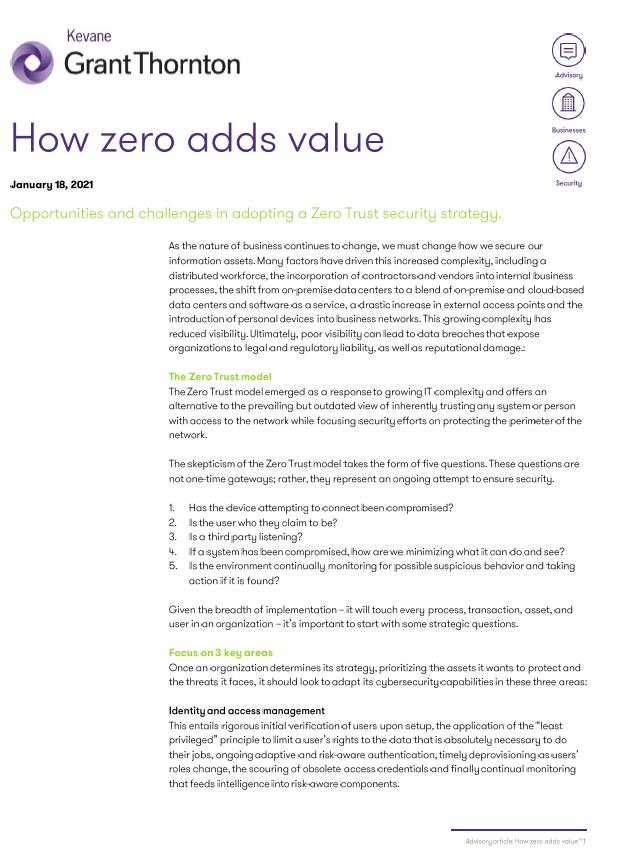-
Financial statements audits
Financial statement audits
-
Compliance audits
Compliance audits
-
Compilations and reviews
Compilations and audit
-
Agreed-upon procedures
Agreed-upon procedures
-
Tax compliance
Business Tax
-
Global mobility services
Through our global organisation of member firms, we support both companies and individuals, providing insightful solutions to minimise the tax burden for both parties.
-
Sales and use tax and indirect taxes
SUT/ VAT & indirect taxes
-
Tax incentives
Navigating the complex landscape of tax incentives in Puerto Rico can be challenging. Whether you're looking to benefit from the Export Services Act (Act 20), the Individual Investors Act (Act 22), or other incentives under Act 60, we provide tailored advice to help you maximize your tax benefits and ensure compliance. Let us help you unlock the potential of doing business in Puerto Rico.
-
Transfer Pricing
The laws surrounding transfer pricing are becoming ever more complex, as tax affairs of multinational companies are facing scrutiny from media, regulators and the public

-
Business consulting
Our business consulting services can help you improve your operational performance and productivity, adding value throughout your growth life cycle.
-
Business Risk Advisory
Risk is inevitable but manageable. We deliver relevant, timely and practical advices to aid organizations manage risk and improve business performance. We can help you identify, understand and manage potential risks to safeguard your business and comply with regulatory requirements.
-
Technology Advisory
We provide comprehensive solutions to safeguard your business and ensure operational resilience and compliance. Our expert team offers a range of technology advisory services designed to address your cybersecurity needs, enhance business continuity, and manage security effectively.
-
Transactional advisory services
Transactions are significant events in the life of a business – a successful deal that can have a lasting impact on the future shape of the organizations involved. Because the stakes are high for both buyers and sellers, experience, determination and pragmatism are required to bring deals safely through to conclusion.
-
Forensic and investigative services
At Grant Thornton, we have a wealth of knowledge in forensic services and can support you with issues such as dispute resolution, fraud and insurance claims.

As the nature of business continues to change, we must change how we secure our information assets. Many factors have driven this increased complexity, including a distributed workforce, the incorporation of contractors and vendors into internal business processes, the shift from on-premise data centers to a blend of on-premise and cloud-based data centers and software as a service, a drastic increase in external access points and the introduction of personal devices into business networks. This growing complexity has reduced visibility. Ultimately, poor visibility can lead to data breaches that expose organizations to legal and regulatory liability, as well as reputational damage.:
The Zero Trust model
The Zero Trust model emerged as a response to growing IT complexity and offers an alternative to the prevailing but outdated view of inherently trusting any system or person with access to the network while focusing security efforts on protecting the perimeter of the network.
The skepticism of the Zero Trust model takes the form of five questions. These questions are not one-time gateways; rather, they represent an ongoing attempt to ensure security.
- Has the device attempting to connect been compromised?
- Is the user who they claim to be?
- Is a third party listening?
- If a system has been compromised, how are we minimizing what it can do and see?
- Is the environment continually monitoring for possible suspicious behavior and taking action if it is found?
Given the breadth of implementation – it will touch every process, transaction, asset, and user in an organization – it’s important to start with some strategic questions.
Focus on 3 key areas
Once an organization determines its strategy, prioritizing the assets it wants to protect and the threats it faces, it should look to adapt its cybersecurity capabilities in these three areas:
Identity and access management
This entails rigorous initial verification of users upon setup, the application of the “least privileged” principle to limit a user’s rights to the data that is absolutely necessary to do their jobs, ongoing adaptive and risk-aware authentication, timely deprovisioning as users’ roles change, the scouring of obsolete access credentials and finally continual monitoring that feeds intelligence into risk-aware components.
Network security
Encryption, while not new, is invaluable and is increasingly low impact. Next-generation firewalls can account for applications, users and content to intelligently restrict the movement of users within the network. Along with appropriate firewall usage, micro-segmentation is another important tool to help control network traffic flow.
Data protection
Protecting an organization’s sensitive data is a primary goal of any cybersecurity program. This starts with identifying the sensitive data itself. Once the data is identified, it should be encrypted when it is not in use or in transit, and tokenized when it moves to less-secure environments.
Implementation and cultural change
Zero Trust strategies work. But how do organizations make them work? First, they must understand the enterprise-wide nature of the implementation and the expanding sense of what an enterprise is. A Zero Trust model can be viewed as burdensome and unnecessary by some, so it is important to gain consensus on the dangers currently faced and reassure people that any impact on their day-to-day jobs will be minimized where possible while being focused on better securing the organization’s IT assets.
The evolution to a Zero Trust model is a journey that will take many steps for most organizations. It should start with having a clear picture of the users and devices accessing an organization’s IT resources and the underlying infrastructure that an organization’s systems and data reside on. Once there is a good understanding of who needs to access systems and where those systems are located, an organization can assess where its highest risks are and prioritize the implementation of cyber capabilities that can address those risks.
It should be clear why Zero Trust matters. In addition to protecting against data breaches, it promises much greater visibility and adaptability.
